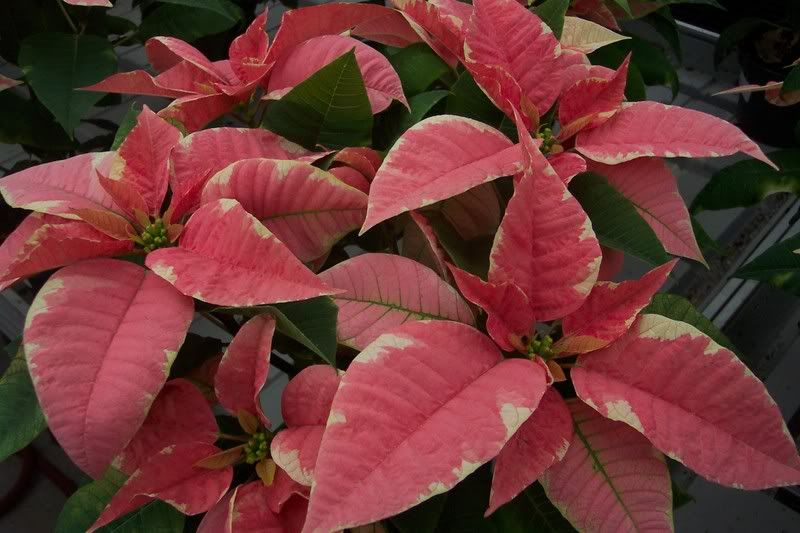Every year around Christmas time I get asked by at least two or three people, “what is the best way to keep my Poinsettia alive and looking well once I get it home? ”

Poinsettias don’t really need a whole lot of special treatment but they do need just a little bit more care than a typical house plant.
To keep your poinsettia going for as long as possible you need to follow just a few simple guidelines.
The most important thing to keep in mind is that most poinsettias die from over-watering.
Your home probably has different growing conditions than the greenhouse in which your plant was grown so it will be less actively growing and therefore needs less water. That being the case, let the surface soil dry out just a bit before watering. Then water the plant thoroughly until water flows out of the bottom of the pot.
Any water remaining in the foil wrapper has to be emptied out otherwise the roots will become water-logged and eventually die. With fewer roots the plant will not be able to sustain itself and will prematurely die. That is the main reason why many people cannot keep their Poinsettia alive more that a couple of weeks.
If you have a choice, pick a spot that has bright light but not in direct sunlight. Keep your Poinsettia away from cold drafts or heating registers where hot air will blow directly on it.
Don’t worry too much about fertilizer for your plant, it won’t really need much until spring. A half-strength dose of water soluble houseplant fertilizer once in a while should be adequate.
Also, keep in mind that poinsettias weren’t meant to last too much longer than the Christmas season. Poinsettias are selected for color, not for hardiness as a house plant.
By following these guidelines you should be able to enjoy your Poinsettia as a reminder of wonderful Christmas memories for many weeks to come.
Bob












